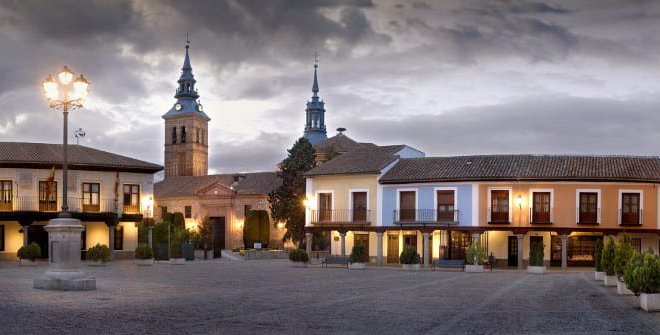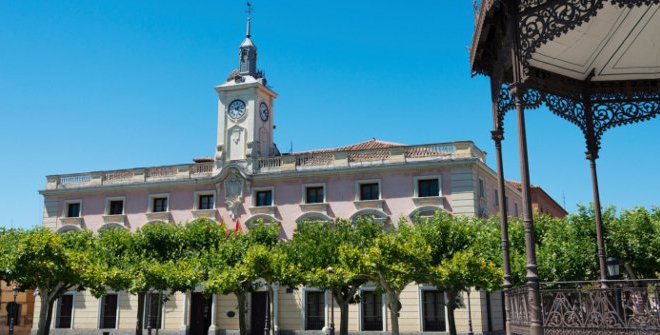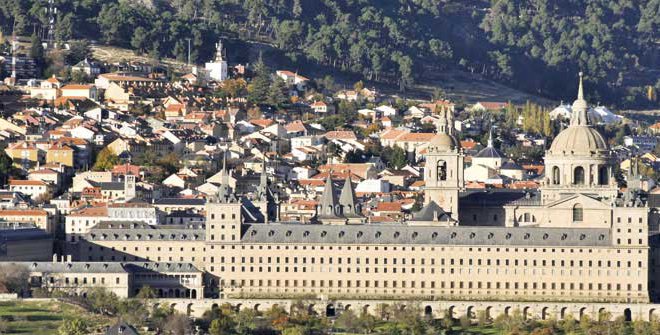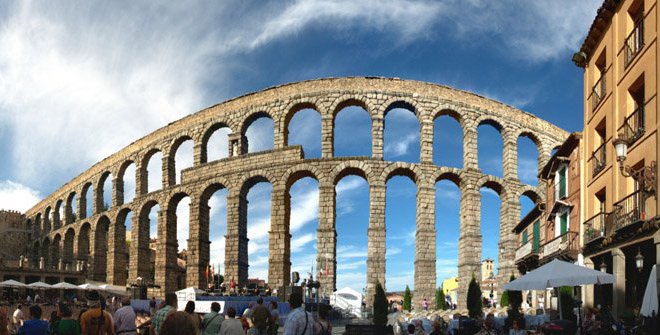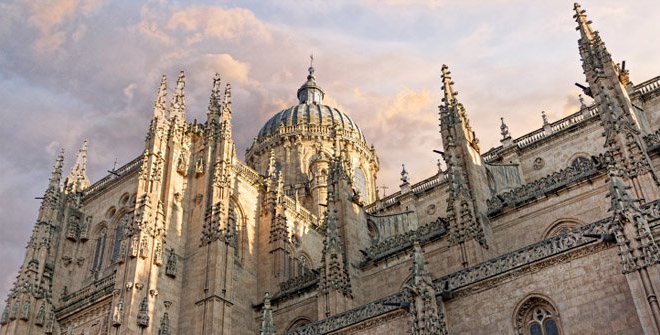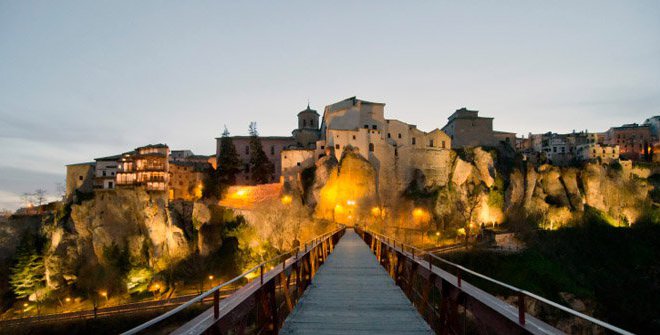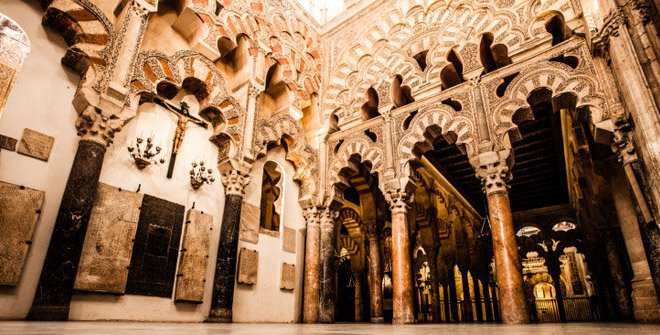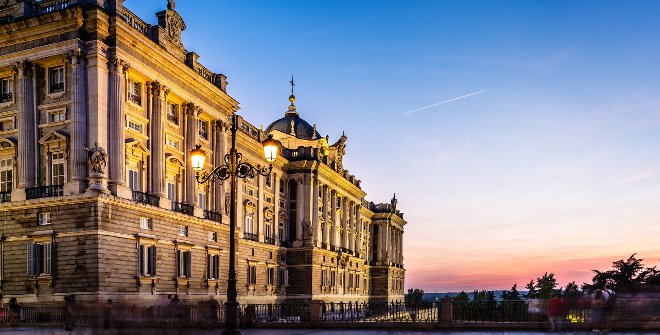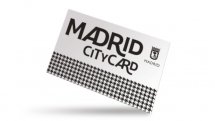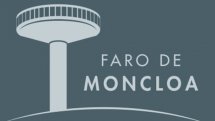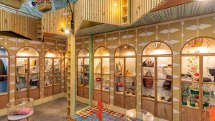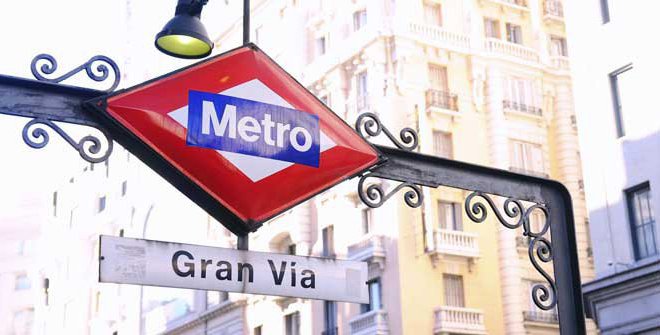Navalcarnero
Lying just 30km southwest of Madrid, this charming 500-year-old town offers visitors hearty stews, beautiful landscapes and interesting artistic sites.
The most important historical sights in Navalcarnero are the Plaza de Segovia main square and the 16th-century Church of Nuestra Señora de la Asunción. The old Town Hall stands on the square which has a traditional Castilian layout: an irregular floor plan, arcades, three-storey buildings with porticoes and wooden balconies.
The Church of Nuestra Señora de la Asunción has a nave and two aisles separated by arcades and a Mudéjar-style belfry tower with four chambers framed by stone cornices. Features that are particularly worthy of note inside the church are the altarpiece and the royal chapel, where King Philip IV and Mariana of Austria were wed. On Puerta del Sol, the town’s crossroads, stand a statue of Philip IV.
Located in a refurbished farmhouse is the Navalcarnero Interpretation Centre. This cultural space explores the history and culture of the town, as well as the social and territorial structure of the municipality. Your visit to the winery includes a staged audiovisual show that recreates a typical 19th-century scene with references to the 18th century.
An exhibition of "hidden" architecture in the town of Navalcarnero can be visited at the Interpretation Centre: the caves. It is a custom associated with the preservation of food and particularly wine, traditional agricultural production in this area. Its temperature and humidity offer ideal conditions to preserve the wines stored in earthenware jars, as well as its architecture, which is sensitive to extreme changes.
Chapels and squares
Navalcarnero is also renowned for its abundance of religious buildings. The streets are peppered with shrines and crosses dating back to the seventeenth century, although most have been renovated. The Chapel of San Roque, for instance, used to belong to the family of Juan Antonio Ribera, court painter for Charles IV and Ferdinand VII and is decorated with frescoes by Alberto Pirrongelli. Next to the main square stands the Chapel of Veracruz which also boasts interesting frescoes.
Another popular square is the Plaza de San José where you’ll find the church of the same name. Here, we can find the Wine Museum which offers a new, more didactic and attractive focus, based on the sensorial perception and the world of sensations that is involved in the pleasure of savouring a fine wine.
Food and festivals
In early September Navalcarnero honours its patron saint Nuestra Señora de la Concepción with festivities that include fireworks, running of the bulls in the evening, and the Golden Age Royal Market, a weekend-long event which recreates King Philip IV and Mariana of Austria’s wedding. On May 15, the town pays tribute to St Isidore the Farmer.
Local traditional dishes include roast lamb and small game, such as rabbit, hare and partridge. Chickpeas are a staple of regional cuisine and they are used to make a hearty stew known as olla del segador, which is strongly reminiscent of Madrid’s traditional cocido Madrileño stew.
As for wine, the subarea of Navalcarnero includes 19 municipalities of the southern central area of the Community of Madrid which is home to 5 wineries with D.O. Wines of Madrid. There is a total of 1,694 hectares of vineyards with the red Garnacha and Malvar grape varieties.
How to get there:
By car: 35min drive along A-5 highway.
By bus: 45min ride from Príncipe Pío transport hub (528).
Useful links:
- Navalcarnero Tourist Office
- Villages in the Region of Madrid
- D.O. Madrid wines
- Festivities in Navalcarnero
